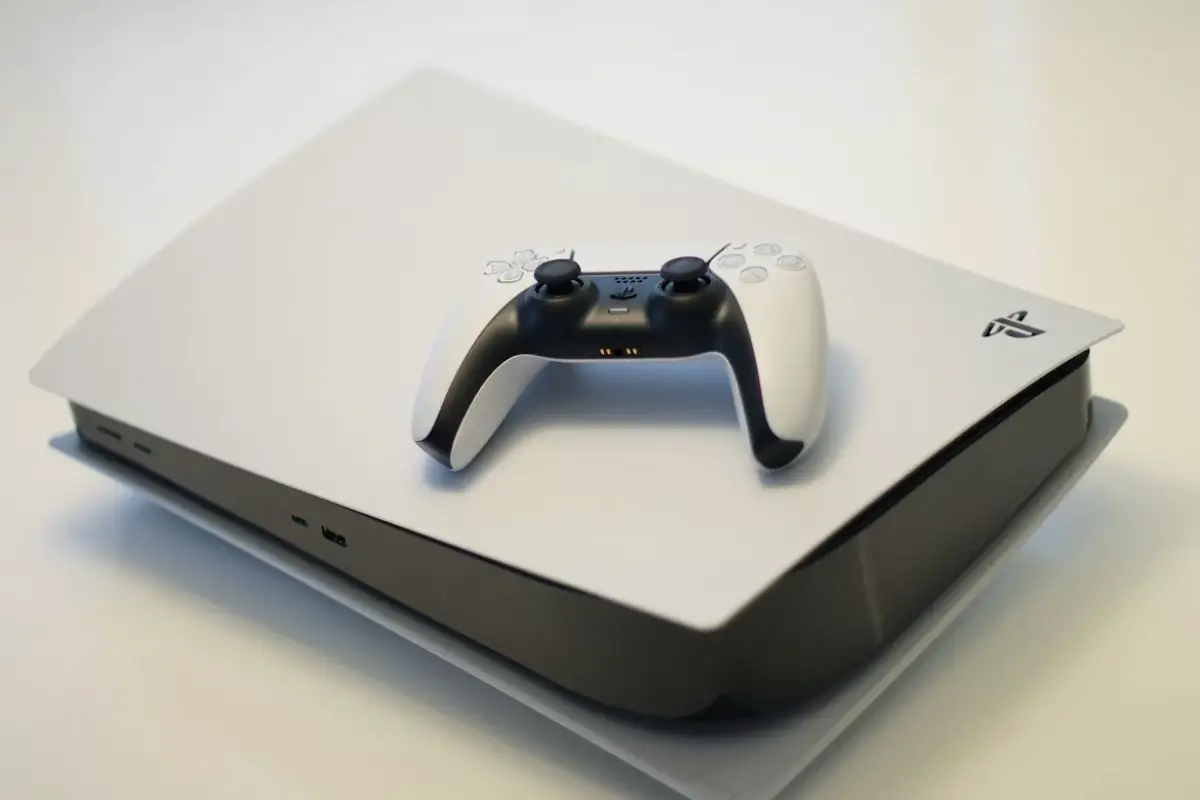The gaming industry is no stranger to shifting market conditions, but the 2025 PS5 price hike in the United States marks a pivotal moment for both Sony and gamers. For the first time since its launch in 2020, American consumers are facing a notable increase in the retail cost of the PlayStation 5, driven largely by new tariffs introduced under President Donald Trump’s administration.
The updated prices, effective August 21, 2025, reflect a $50 increase across all PS5 models, raising the barrier to entry for late adopters and sparking conversations about the future of console pricing. At a time when inflation, global supply chain disruptions, and political trade disputes dominate the economic landscape, the PS5 has become a case study in how international policy directly affects consumer technology.
This article explores the new PS5 pricing structure, why tariffs are playing such a central role, how the hike could impact the broader gaming market, and what the future may hold for Sony’s next-generation consoles.
New PS5 Prices in the US
Sony’s announcement introduced updated retail costs for its three major PS5 models:
- PlayStation 5 Slim – $550 (previously $500)
- PlayStation 5 Slim Digital Edition – $500 (previously $450)
- PlayStation 5 Pro – $750 (previously $700)
Although the increases may appear modest in isolation, they mark a significant shift in console economics. The PS5 Slim Digital Edition—previously considered the most affordable entry point into next-gen gaming—now costs $500, which is the same as the original PS5 disc version at launch. Meanwhile, the PS5 Pro, the most advanced version of the system, is approaching the $800 threshold, positioning it as one of the most expensive mainstream gaming consoles ever released in the U.S.
Limited Window for Old Prices
Gamers who still want to lock in the original PS5 prices have a short opportunity. Until August 20, 2025, select retailers such as Amazon and PlayStation Direct are honoring pre-hike costs. For example, the PS5 Slim Digital Edition bundle with Call of Duty: Black Ops 6 is currently available for $400, effectively giving buyers both the console and a brand-new AAA release at a $100 savings.
Bundles like this are expected to sell out quickly as word spreads, making them some of the last chances to purchase a PS5 without paying the new tariff-driven prices.
Why Are PS5 Prices Increasing?
Sony officially cited a “challenging economic environment” for its pricing decision, but the primary driver is tariffs.
On August 1, 2025, President Trump introduced a sweeping tariff package targeting Asian manufacturing hubs, including:
- China – 30%
- Japan – 15%
- Vietnam – 20%
- Malaysia – 19%
These countries play a critical role in the production and assembly of PS5 hardware components, from processors to casings. By raising import costs, tariffs directly increase the expense of getting each console into the United States.
Industry analyst Daniel Ahmad emphasized that Sony operates on razor-thin profit margins when selling consoles, often relying on software sales and subscriptions to turn a profit. This leaves little room to absorb added costs—forcing the company to pass them on to consumers.
Global Precedent: Other Markets Have Seen Hikes
The U.S. price increase follows similar moves in Europe, Canada, and select Asian markets earlier in 2025. However, the American market is especially significant because it represents one of Sony’s largest customer bases and a battleground against Microsoft’s Xbox Series X|S.
The U.S. price hikes confirm what many analysts feared: tariffs and global trade pressures will not remain isolated events—they will ripple across industries and markets, ultimately being felt by everyday consumers.
The Impact on Gamers
The new PS5 prices carry several short- and long-term implications for U.S. gamers:
- Higher Entry Point – The base PS5 Slim now costs $550, making it the most expensive standard PlayStation console at launch pricing. For comparison, the PS4 launched at $399 in 2013, highlighting the steep climb in hardware costs.
- Bundled Value – Bundles including popular titles (like the Call of Duty: Black Ops 6 bundle) now offer better relative value compared to standalone consoles. Gamers are more likely to seek bundles to offset the higher entry cost.
- Late Buyer Penalty – Consumers who delayed purchasing a PS5, waiting for discounts or revised models, may feel penalized by the price increase. This could slow adoption rates among casual or budget-conscious gamers.
- Shift to Subscriptions & Cloud – Higher console prices may push some players toward PlayStation Plus Premium, Xbox Game Pass, or cloud-based services instead of investing in physical hardware.
Pressure on the Gaming Industry
Sony is not alone in navigating these challenges. Other console makers are also feeling the effects of tariffs and rising production costs:
- Microsoft: Already increased prices on select Xbox models in international markets earlier in 2025. A U.S. price adjustment now seems likely.
- Nintendo: Warned that the upcoming Switch 2 may face similar price hikes. Accessories tied to the next-gen console have already seen marked-up prices in anticipation of higher costs.
This suggests a broader trend where next-gen gaming across all platforms becomes more expensive—not because of internal company strategy, but due to global trade and political decisions outside of gaming’s control.
Sony’s Momentum: 80 Million Units Sold
The announcement came just as Sony confirmed that the PlayStation 5 has sold over 80 million units worldwide, making it one of the fastest-selling consoles in gaming history. This milestone demonstrates strong consumer demand and brand loyalty, but the price hike could slow momentum, particularly in the competitive U.S. market where Xbox remains a strong challenger.
Could Higher Prices Impact PS5 Adoption?
Sony’s biggest challenge will be convincing late adopters—those who have not yet upgraded from PS4 or Xbox One—that the PS5 is worth the investment. Higher prices could:
- Discourage budget-conscious gamers.
- Delay upgrades until seasonal sales or holiday bundles.
- Drive consumers to competing platforms if Xbox or Nintendo manage to keep prices lower.
However, exclusive titles like Marvel’s Spider-Man 2, Final Fantasy XVI, and upcoming PlayStation Studios projects remain strong incentives for gamers who value high-quality content.
Looking Ahead: What About PlayStation 6?
Although Sony has not officially announced details, rumors about the PlayStation 6 (PS6) are already swirling. Industry insiders predict:
- AI-driven gaming features such as advanced adaptive NPCs.
- Cloud-first integration, enabling seamless cross-device gameplay.
- Modular hardware design, allowing upgrades without replacing entire consoles.
If tariffs and global supply chain volatility continue, Sony will need to carefully design pricing and manufacturing strategies to avoid repeating the same challenges with PS6. Some analysts predict a PS6 release as early as 2028, though this remains speculative.
Industry Reactions and Expert Opinions
Industry watchers have mixed views on the PS5 price hikes.
- Pro-consumer analysts warn the move could erode goodwill with fans, especially since many expected prices to fall over time, not rise.
- Market strategists argue Sony had little choice, given tariffs and inflation. Maintaining profitability ensures the company can continue investing in new hardware and software innovation.
Ultimately, the industry consensus is that gamers are being caught in the crossfire of global politics, and price hikes may become the new normal.
Strategies for Gamers Facing Higher Prices
For U.S. gamers grappling with the price hike, several strategies can help maximize value:
- Act Before August 20 – Secure consoles at pre-hike prices while retailers still honor them.
- Seek Bundles – Bundled packages often include popular games or accessories, offering better overall value than standalone systems.
- Consider Refurbished Models – Certified refurbished PS5s may provide a cheaper alternative without compromising performance.
- Leverage Trade-in Programs – Many retailers and GameStop offer trade-in credits for older consoles.
- Explore Cloud Gaming – Services like PlayStation Plus Premium or Nvidia GeForce NOW may provide next-gen experiences without the upfront hardware cost.
Conclusion: The PS5 Price Hike and the Future of Gaming
Sony’s decision to raise PS5 prices in the United States underscores the complex relationship between politics, global trade, and consumer technology. Tariffs introduced in August 2025 have made it impossible for the company to maintain previous pricing without sacrificing profitability.
While the PS5 continues to dominate sales charts and set records, higher prices could slow adoption, particularly among late buyers. Bundles, trade-in programs, and subscription services will play a bigger role in making next-gen gaming affordable.
Looking ahead, the entire gaming industry—including Sony, Microsoft, and Nintendo—may need to rethink manufacturing strategies, supply chains, and pricing models as tariffs and global economic volatility reshape the market.
For now, U.S. gamers have a choice: buy now before August 21 to secure lower prices, or accept that the cost of next-gen gaming is only going up.

